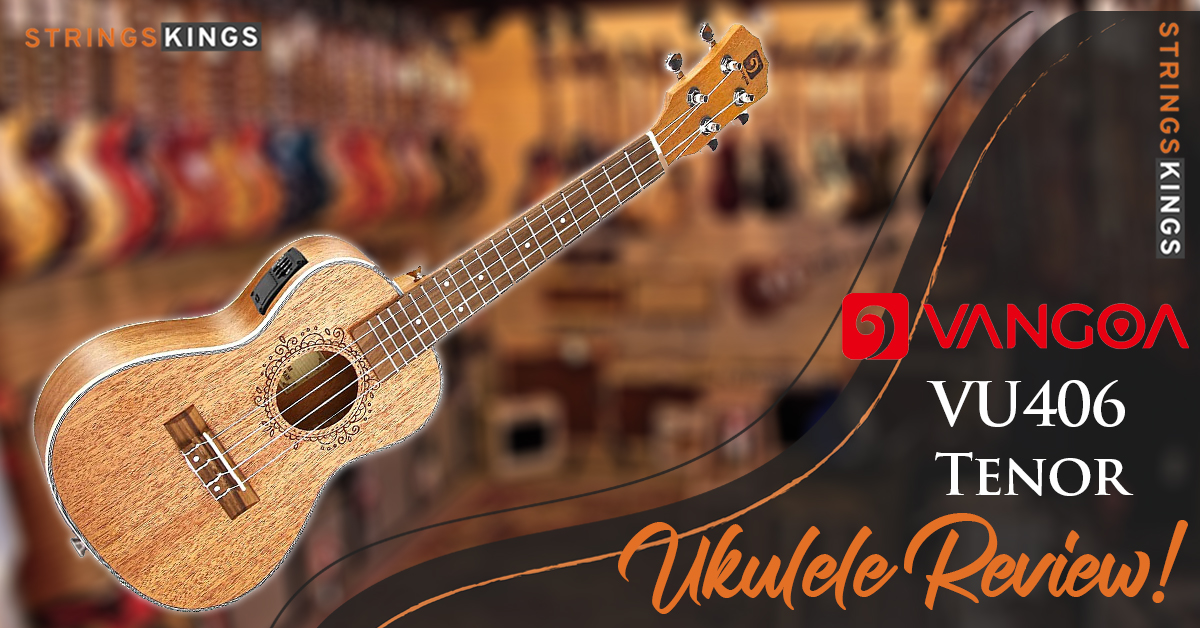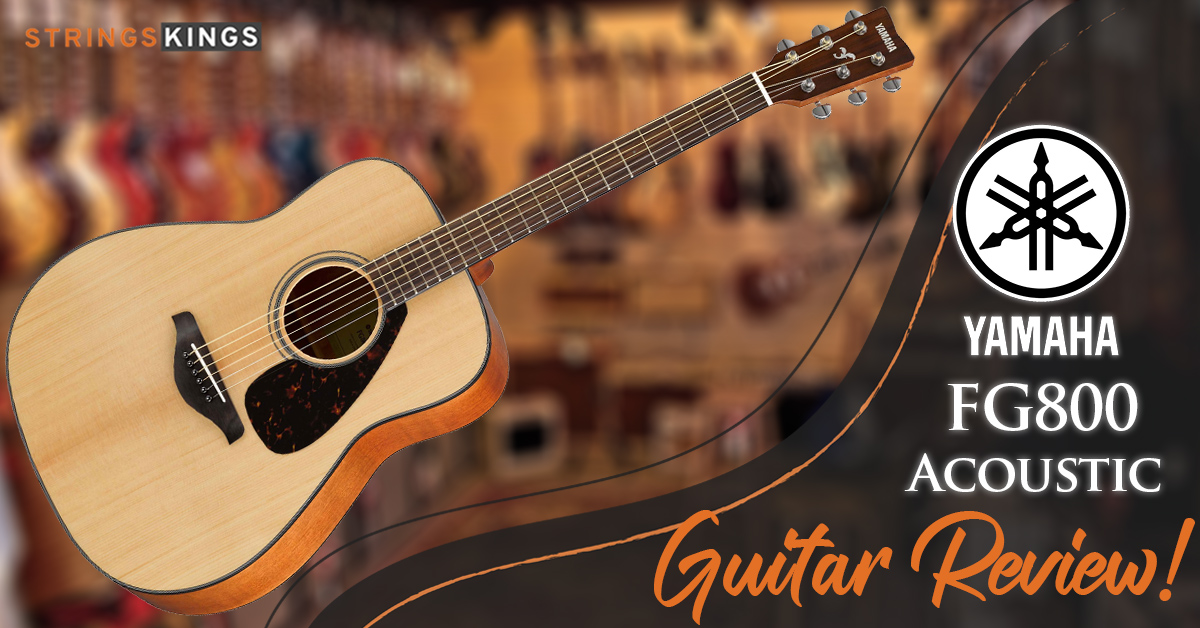Table of Contents
Learn About Violin Parts, Brief History, How It Is Made, How To Play It, and Violin Maintenance!
Violin Parts
You can see the different parts and pieces of the violin in these pictures. Find out more about violin parts below.
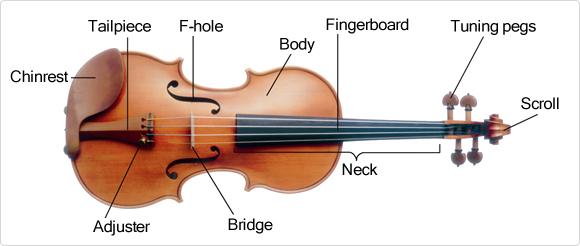
Scroll – There are many uses for violin scrolls, but most of them are decorative. The violin scroll is made in the shape of a paper scroll. This part of the violin is unique to string instruments, and you can also find it on violas, cellos, and basses. A violin’s scroll is usually hand-carved and adds a nice touch.
Pegs – Strings are held in place by four pegs. It’s necessary to push slightly inward toward the pegbox when tuning with the pegs because the holes and pegs are tapered. Keeping the violin upright with the scroll towards the ceiling and the strings facing you, turn the peg up (or away) to raise the pitch and down to lower it.
Strings – Violins have four strings. These are the violin strings from highest pitch to lowest pitch (thinnest to thickest): E A D G.
Fingerboard – Violin fingerboards are made from ebony and glued to violin necks. Violin pitches can be changed by pressing a finger on a string until the finger touches the fingerboard.
F Holes – It is the violin’s F holes that serve as the violin’s speakers. Vibrations and sound are projected from the F holes. A cursive style F is carved into these parts of the violin.
Bridge – Strings are held up by the violin bridge. Designed as an arch, it allows one string to be played at a time. There’s nothing more delicate than this part of the violin. It is the responsibility of the violin luthier to carve the bridge feet into the top of the violin so that they fit the bridge. Contrary to popular belief, violin bridges aren’t glued to the top of the violin. They’re held in place by the strings.
Tail Piece – Strings and fine tuners are held in the tailpiece of the violin. Violin tailpieces come in many different types. Ebony is usually used for this part.
Chinrest – When you hold the violin, your JAW actually rests on the chinrest. There are many different types of violin chinrests, mostly ebony.
Violin History
Violin Eastern Ancestors
A bow-stringed instrument is one that produces sound with a bow. In the fifteenth century, the Arabic rabab and rebec, which came from the orient in the middle ages, were widely played in Spain and France. Europe developed a bow-stringed instrument called a fiddle during the Middle Ages.
A violin’s relative in the East is the Chinese erhu, which evolved from the rabab.
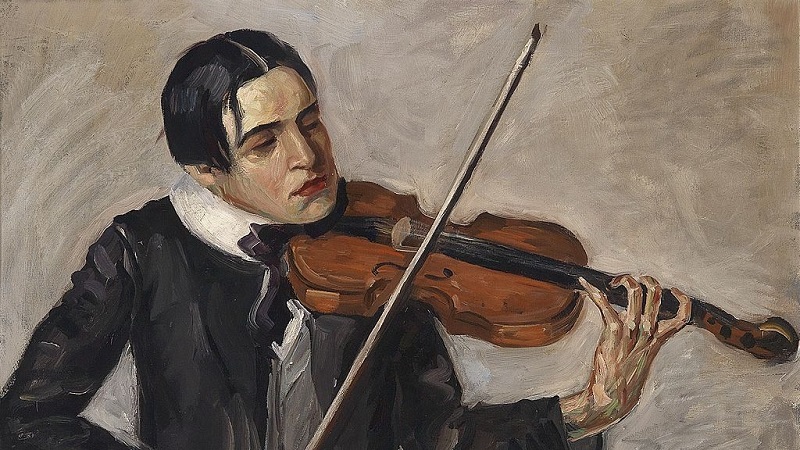
When and where was the first violin made?
Violins are in a class of their own when it comes to completeness compared to their ancestors. It was also not gradually improved over time but appeared suddenly around 1550 in its current form. Despite this, none of these early violins still exist. Paintings of violins from this era provide clues to the violin’s history.
In recorded history, the first two violin makers were both from northern Italy: Andre Amati from Cremona and Gasparo di Bertolotti from Salon (Gasparo di Salon).
Through these two violin makers, we are able to see past the fog of legend into hard facts about the violin’s history. There are still violins made by these two today. In fact, the oldest violin in existence today is one made around 1565 by Andre Amati.
Modern violins
These famous instruments are now easily accessible to everyone
Despite their superior quality, Cremona violins are extremely expensive, and so very few people can play them. However, technology has advanced to the point where we can easily obtain instruments that look very similar to these famous instruments.
In order to analyze the violins of Antonio Stradivari and Guarneri del Gesu, manufacturers used the latest technology. This data has been used to combine technology that reproduces hand-finished results with artisans’ skills to create violins of high quality and at a reasonable price. Artida models S and G.
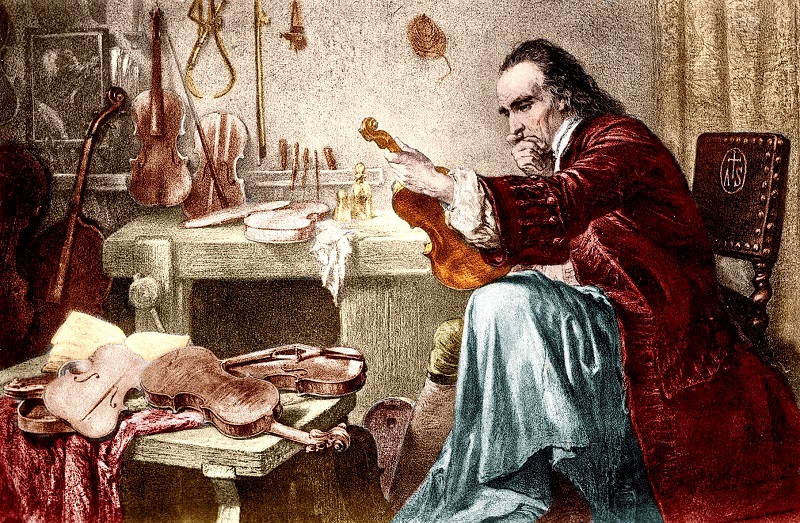
Rigid shoulders and parallel F-holes are characteristic of the S model while sloping shoulders and slanted F-holes are characteristic of the G model. The tone of each is unique.
Bows in an environmentally conscious era
Pernambuco wood is used for violin bow sticks, which can be found in South America’s Amazon delta. This wood was originally exported to Germany for dyeing, but due to its unusual hardness, it started being used to make bows. Sadly, this natural resource has been depleted in recent years. There were also tree farms created, but it takes a tree 30 years to grow fully.
Carbon is used instead of wood in the carbon bow shown below. With good gripping characteristics and a long lifespan, carbon bows serve as a means to protect the environment while ensuring the seeds of music continue to germinate.
Parts of the Violin: Learn More!
Strings Structure
Violin strings are E, A, D, and G from high to low. Steel, nylon, and catgut (sheep intestine) are some of the materials used in making them.
Tuning Pegs and Violin Tuning
A single piece of wood makes up the neck, and the scroll at the end appears to wind in on itself. In the tuning pegs, strings are attached through narrow carved holes, and friction holds them in place.
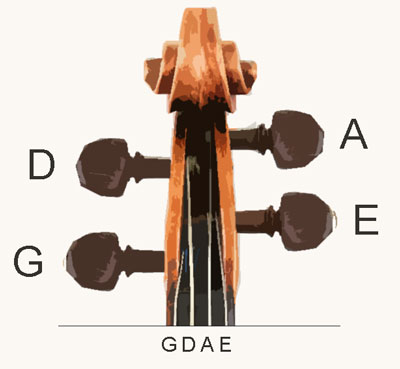
There is only one adjuster on the high E string so that it can be tuned easily. Tuning with tuning pegs is required on the others, which might take a while to get used to.
One option is to consider violins with four adjusters built into the tailpiece, which were introduced recently.
Bow Structure
Horsehair is used for bows. There are 160 to 180 individual hairs in a single violin bow. To form a ribbon, these hairs are attached next to each other.

Hairs that are unusually thick or kinked are removed so that only straight hairs can be used.
Rosin creates friction, which produces sound
Prior to use, rosin is applied to the bow hair. The yellow or black cakes of rosin, which are hardened sap from pine trees, produce a white powder when rubbed. Sticky rosin powder helps the bow rub the strings.
Creating sound
Vibrations of the strings are transmitted to the top and bottom plates through the bridge, reverberating inside the hollow body and producing a rich, brilliant tone.
When a string is bowed, it vibrates in a circular motion, producing a fundamental tone, while its vibration produces overtones. The bridge transmits the complex movement of the string to the body. It transmits this vibration to the violin’s top plate through two fundamental movements; one in which one foot pushes down on the top plate at a time, and the other in which both feet push down on the top plate at the same time.
The sound post is another small but critical component. Under the bridge, the sound post transmits vibrations from the top plate to the bottom plate, sandwiched between them. Additionally, it keeps the body in shape.
Violins have a bass bar that runs up the left side when you face them. Sound posts sit under the bridge on the right side.
Usage of the Instrument
Holding The Instrument
In order to stabilize the instrument, it is held (trapped) between the chin and the shoulder. Chinrests were developed in the nineteenth century to support instruments, and they significantly improved playing techniques. The violin appeared to be held against the chest or shoulder at first.
Holding the Bow
Bows are normally held with the right hand. You should not squeeze too tightly when pinching between your fingers. Note length, volume, tone, and other characteristics are determined by the way the bow is moved, called “bowing.”
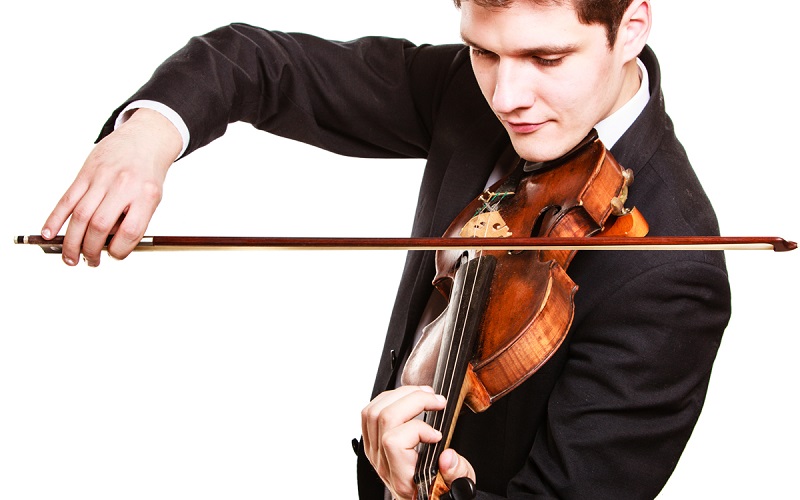
The use of your Left Hand
You hold the neck securely with the base of your index finger and the thick of your thumb. Using the other four fingers, you press down the strings.
In contrast to the guitar, the violin does not have frets. Fingers will slip if the angle at which they meet the string is even the slightest bit off.
The Making of the Violin
Wood Selection
To maintain moisture in the wood, the violin wood is stored in a temperature and humidity-controlled environment 24 hours a day, 365 days a year.
Creating the ideal tone
Violins have rounded bodies, and the wood thickness is not uniform. In both shape and thickness, a gentle curve can be seen. As a result, it is very difficult to shape accurately without a straight line as a reference. As a result, shaping is normally left to the judgment of an experienced craftsman.
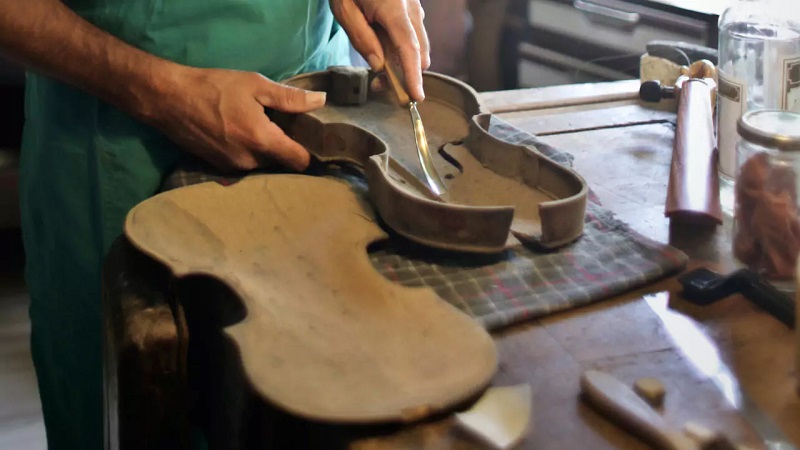
When shaping the wood, the top and bottom plates are measured for their tonal qualities. A similar process is followed when attaching and shaping the bass bar to the top plate.
To measure a piece’s tone, a craftsman knocks it against a special measuring device. It displays a graph indicating the volume and frequency of the sound produced. Wood that is hard or light produces a higher tone, while wood that is soft or heavy produces a lower tone. When shaping the wood, the graph changes based on the wood’s characteristics, and this is used as a reference.
Curved side plates
The scroll is located at the very top of the neck. Scrolls are supposed to look like rolled-up strips that narrow in the middle. The symmetry of the scroll demonstrates the craftsmanship of the craftsman. When older violins need new necks, the scroll and body are often kept, and only the central section of the neck is replaced.
Maintenance and care
It’s always a good idea to wipe after playing!
Violin varnish is very delicate. Varnishing is an important part of acoustic instruments, such as violins, guitars, and other acoustic instruments, as it influences their tone. For this reason, it is important to wipe your instrument after playing it in order to keep its finish in good condition. There is no exception to this rule. To clean the instrument, use a special cloth or chamois designed for this purpose.
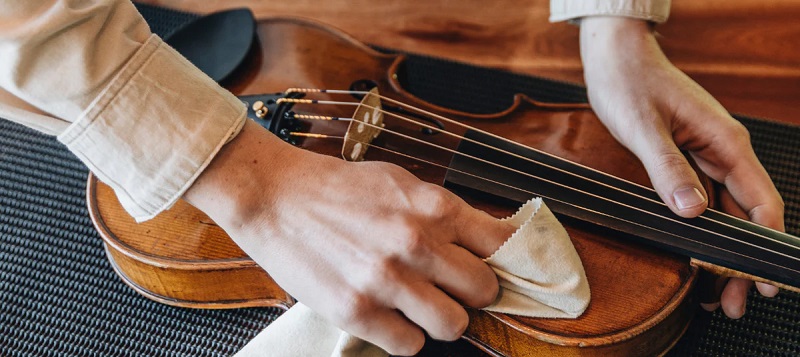
Strings and fingerboards should be cleaned with only one cloth, and both should be wiped well. Having rosin-coated strings will affect their tone and cause noise. Finger sweat easily stains the fingerboard. To clean the instrument, use a dry cloth, but consult a specialist if rosin or other matter has built up on the top plate.
Always put the instrument in the case after playing and wiping it. Due to its delicate nature, the violin may start to creak and pop if exposed to the wind of an air conditioner. A humidity of 50% is ideal for violins. Make it a habit to place the violin in its case as soon as possible in order to keep its environmental conditions as close to this ideal as possible.
In this video, you can see how to properly do violin maintenance!
Violin storage
Temperature and humidity are sensitive factors for violins. The sound post will collapse if it is stored in high humidity and temperature, causing the top plate and bottom plate to swell. A dry environment could cause the fingerboard to detach from the body if the instrument is kept for a long time.
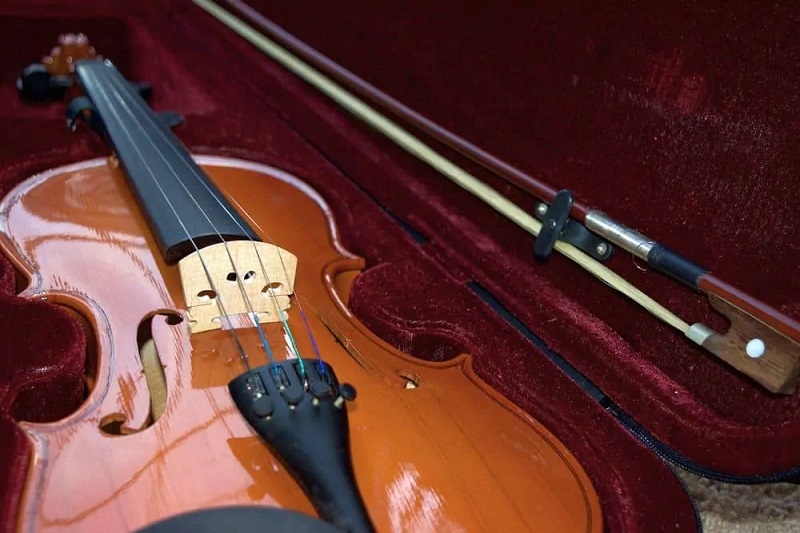
To keep violins in the most optimal condition, humidity and temperature should be kept stable. Your violin should not be stored in a room that makes you feel uncomfortable or gives you a cold.
In addition, the violin’s body has a lot of curves, so it can’t be placed anywhere without thinking. It’s also critical not to expose the violin’s varnish to direct sunlight. Therefore, you should store your violin safely in its case.
Last Words
In this article, together with the parts of the violin, we tried to cover other aspects and almost all the aspects of the violin. The violin’s origins, how it is made, how it is kept, how to play it, and much more.
We hope that everyone who is looking for violin info and details will find our article helpful.


